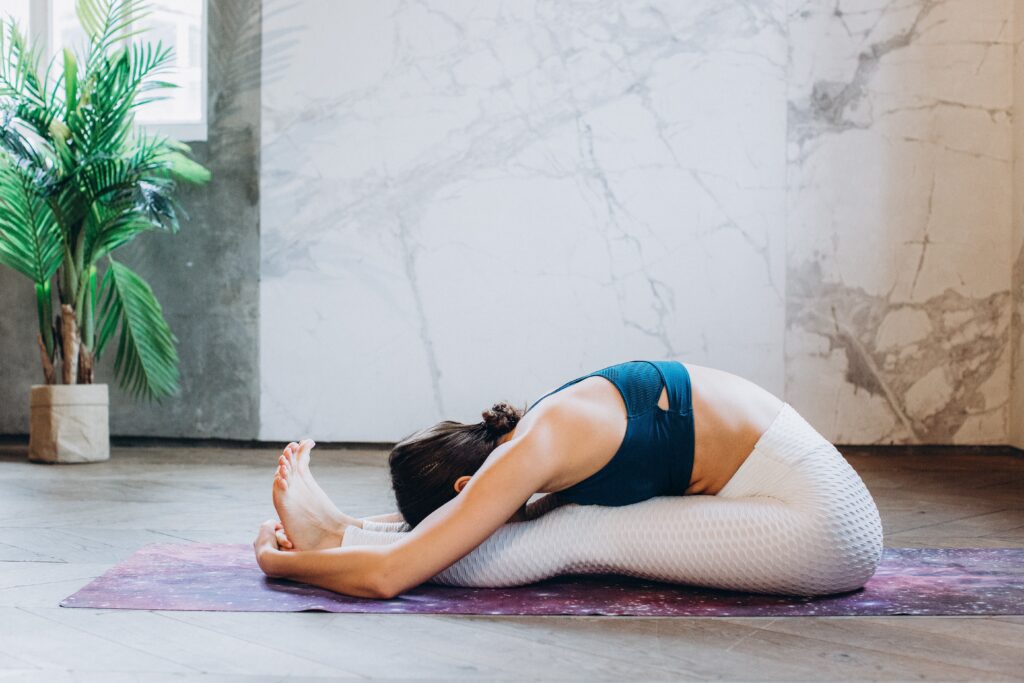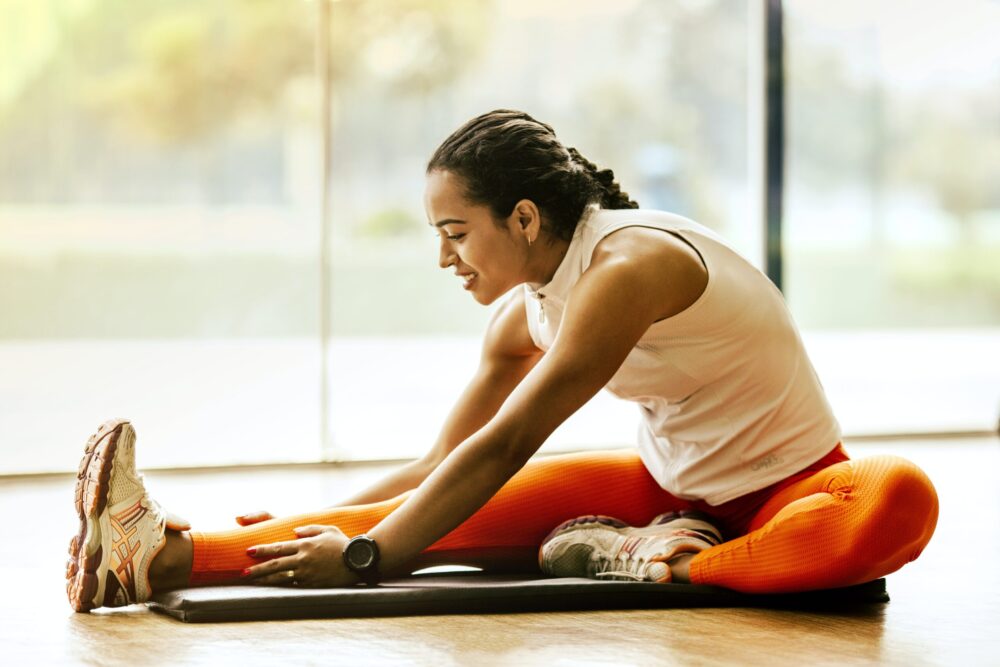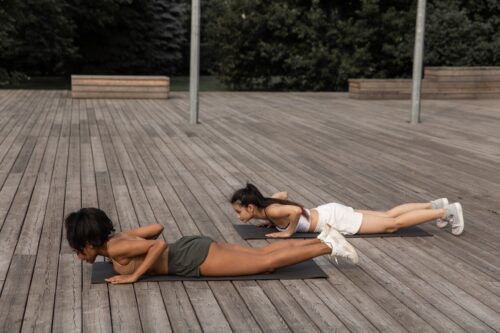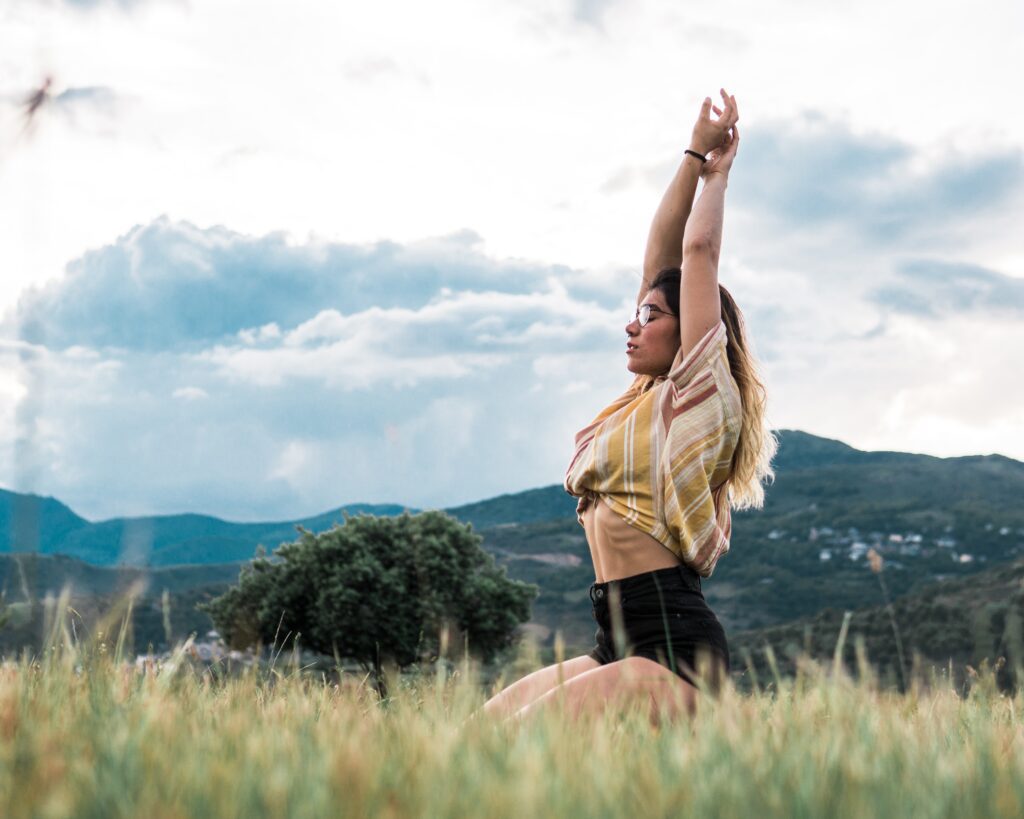
Are you a little bit impatient?
As a beginner yoga practitioner, you’re probably wondering how long it will actually take to get more flexible from yoga.
The answer to this question depends on two things:
- Your starting point
- How flexible you want to be
If you are practicing yoga regularly, you should start to see improvements in the first couple of weeks. Major improvements in flexibility could take longer, perhaps months or years.
Don’t let this discourage you though. Here are three tips to become more flexible with yoga.
3 Tips for Getting Flexible From Yoga
1. Relax and Breath
It’s going to be hard to practice flexibility if you are holding mental or physical tension. Don’t rush through things, just breathe, be present, and relax.
One of the basics of yoga is practicing syncing your breath and movement together. Breath deeply and steadily. Don’t worry about keeping up with the instructor. Just focus on linking breath to each movement.
2. Test Your Limits
Yoga is a personal journey, so don’t measure yourself against other people. It’s important to play around with the poses.
Challenge yourself slightly by pushing beyond your comfort zone. Find the edge of what feels comfortable, but don’t push yourself too far. Find a balance between testing the limits without causing too much strain.
3. Keep Practicing
A lot of people think they can’t do yoga because they aren’t flexible already. This is the wrong mindset. It’s called a yoga practice. You absolutely do not have to be perfect in order to try. As you keep practicing, you will only continue to improve your flexibility.



